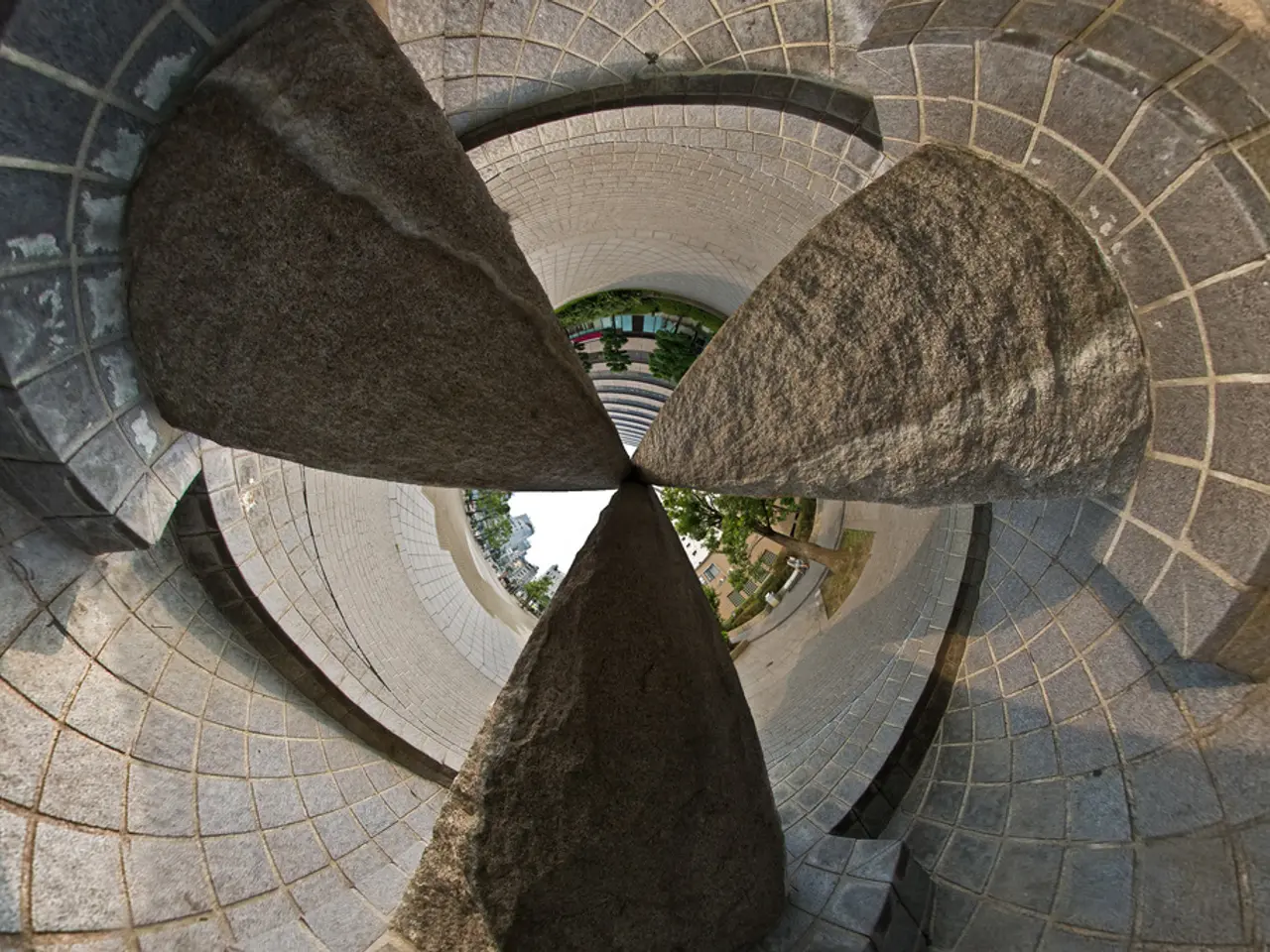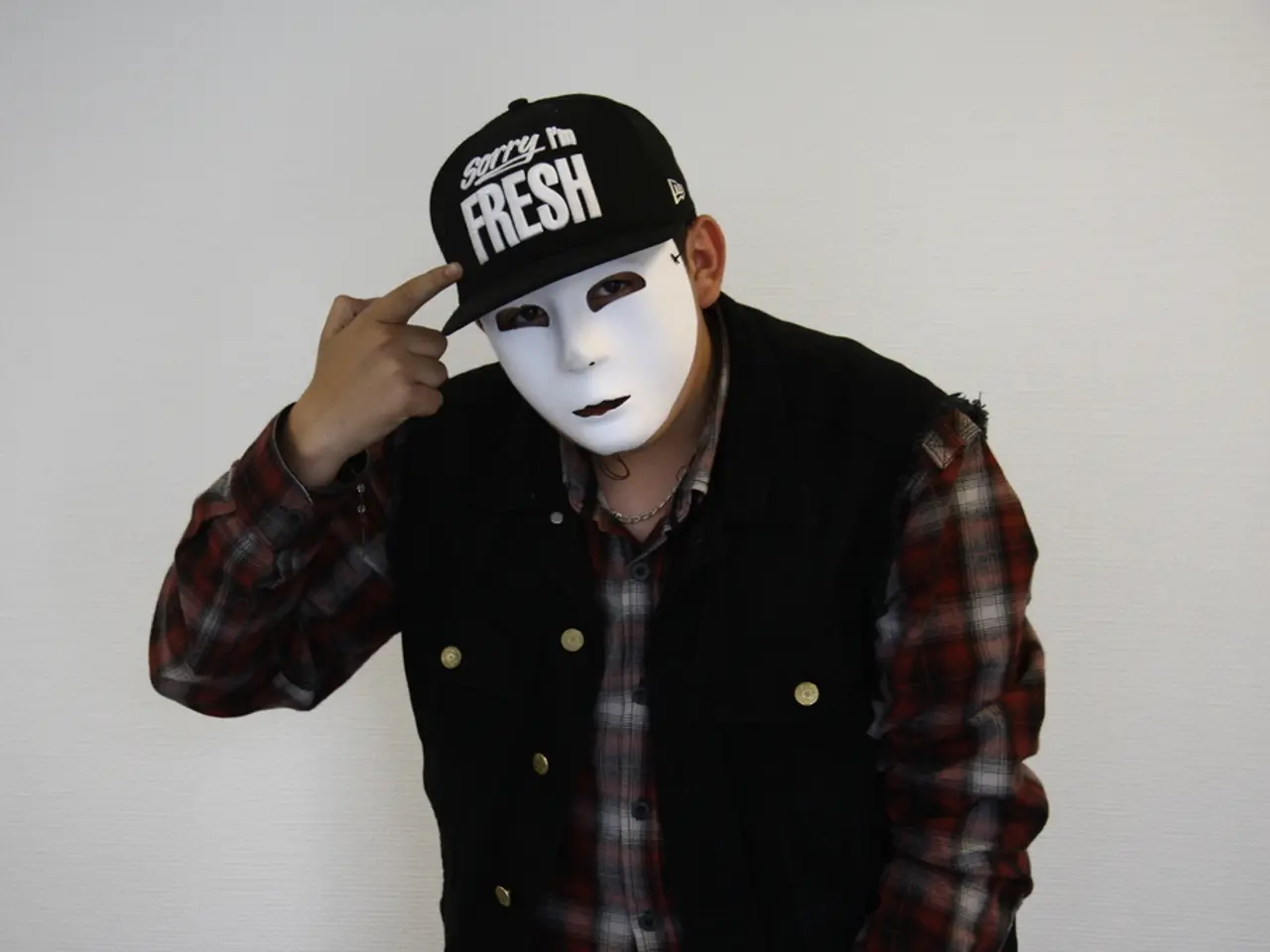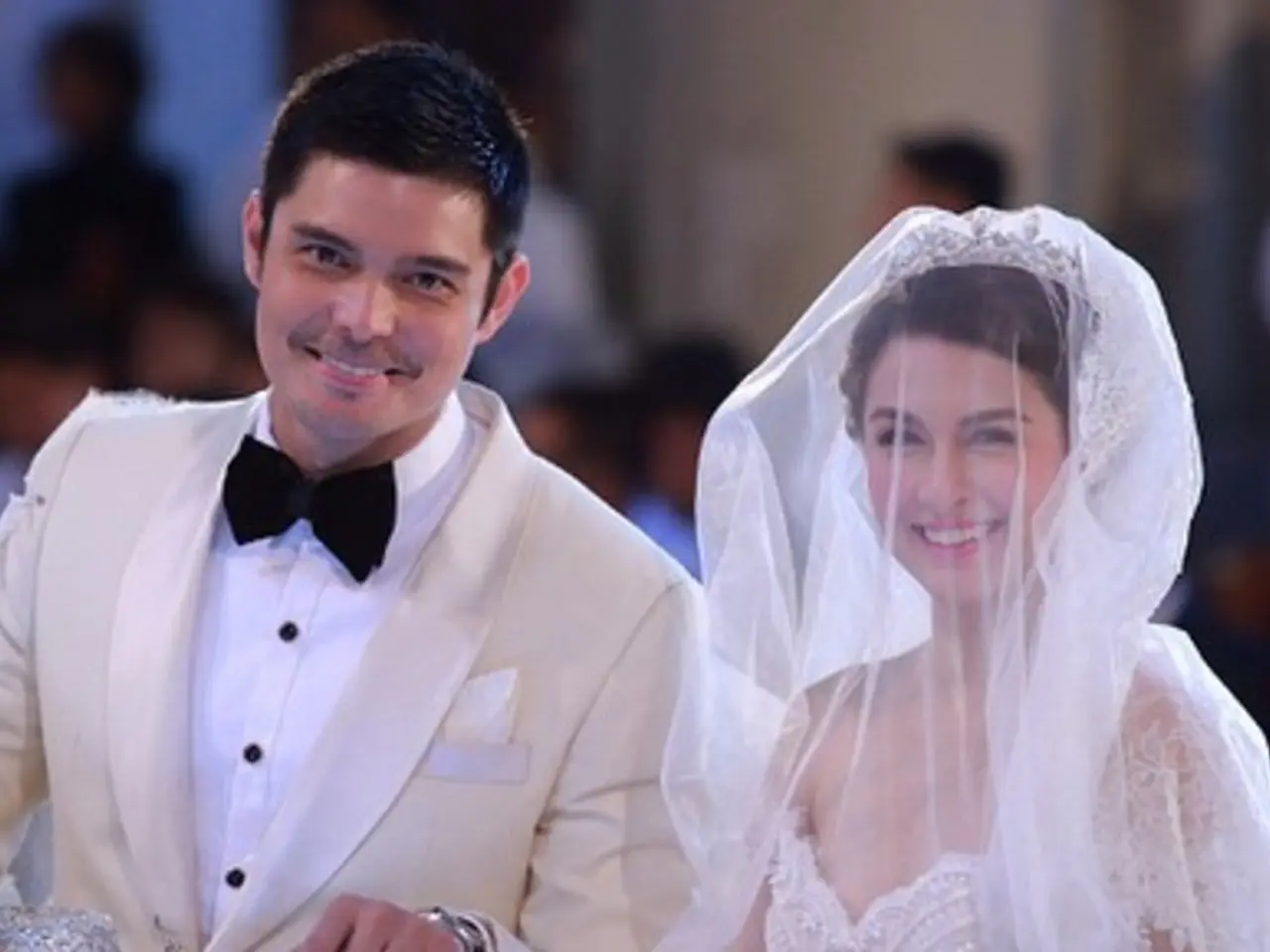Lars von Trier's Controversial Film Crafting Techniques Unveiled
Lars von Trier's Artistry: A Journey into the Provocative and Complex
Lars von Trier, a Danish filmmaker, is renowned for his thought-provoking and challenging cinematic works. To appreciate his artistry, viewers must cultivate an open mind and be prepared to embrace discomfort and complexity.
Von Trier's films are a masterclass in visual storytelling, where he employs a variety of techniques to create a compelling narrative experience. He breaks the Fourth Wall, directly engaging with the audience to provoke thought. His attention to detail in composition and lighting enhances the thematic depth of his work, while his use of Symbolic Imagery, employing visual metaphors, enriches the narrative experience.
Von Trier's versatile cinematic style heavily incorporates contrasting techniques. From naturalistic, cinéma vérité-style realism to highly stylized, slow-motion black and white sequences, he often mixes these within the same film to serve the emotional impact of the story. This blending of styles is a hallmark of his innovative approach to filmmaking.
Von Trier was a co-founder of the Dogme 95 movement, which imposed strict rules like avoiding artificial lighting and other conventional cinematic methods, promoting raw, unfiltered storytelling that confronts viewers more directly. However, his later work moves beyond these limitations, embracing whatever stylistic approach enhances the film’s emotional intensity.
A central characteristic of his films is the deliberate use of extreme imagery, especially in sexuality and violence, purposely making the content almost unpalatable or "too spicy" to consume comfortably. This shock factor is intended to elicit strong emotional reactions—disgust, discomfort, fascination—that push audiences to confront difficult questions and feelings.
In summary, von Trier challenges viewers by focusing on dark, provocative themes like emotional torment, despair, and taboo subjects. He employs a versatile cinematic style that blends realism with stylization tailored to emotional effect. He utilizes Dogme 95 principles initially to enforce rawness and immediacy, turning to extreme, often unsettling imagery to provoke visceral responses. Structuring his films to force audiences to grapple with complex moral and existential dilemmas, von Trier creates a cinematic experience that is both intellectually and emotionally challenging, designed to provoke deep reflection and strong reactions rather than comfort or escape.
[1] Bordwell, David, and Kristin Thompson. Film Art: An Introduction. 11th ed., McGraw-Hill Education, 2020.
[3] von Trier, Lars. "The Five Dogmas of Dogme 95." Sight & Sound, vol. 9, no. 11, 1995, pp. 28-30.
- Lars von Trier's movies, such as those found in the 'movies-and-tv' category, are not ordinary entertainment; they are a complex and provocative exploration of human emotion, often pushing the boundaries of cinematography.
- In the realm of animation, there is no border too far for von Trier's inventive mind, as he seamlessly blends realistic and stylized sequences in his films, making them a masterclass in visual storytelling.
- Von Trier's versatile cinematic style, evident in films like those under 'films' and 'movie', has been influenced by the Dogme 95 movement, which he co-founded.
- The Danish filmmaker's work, including animation and live-action films, extends beyond the rigid rules of Dogme 95, as he continually explores and embraces various cinematic techniques to push the envelope of entertainment and provoke thought.








